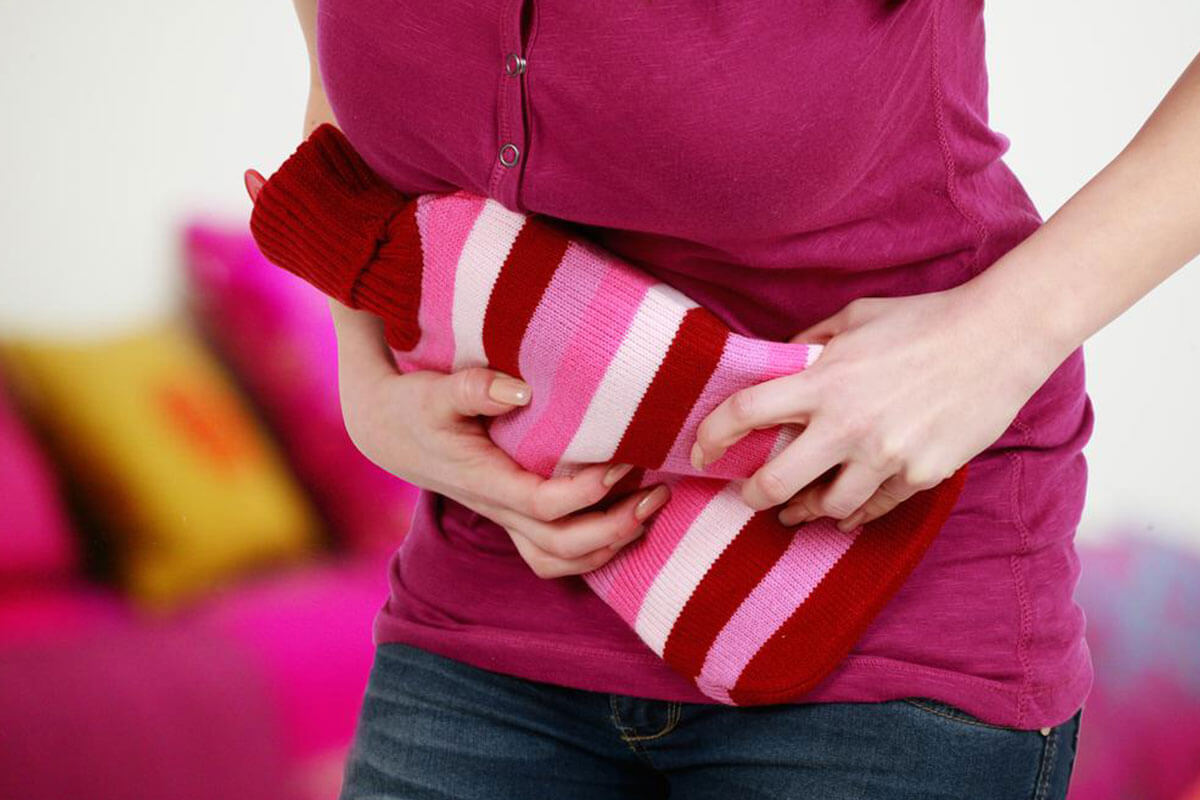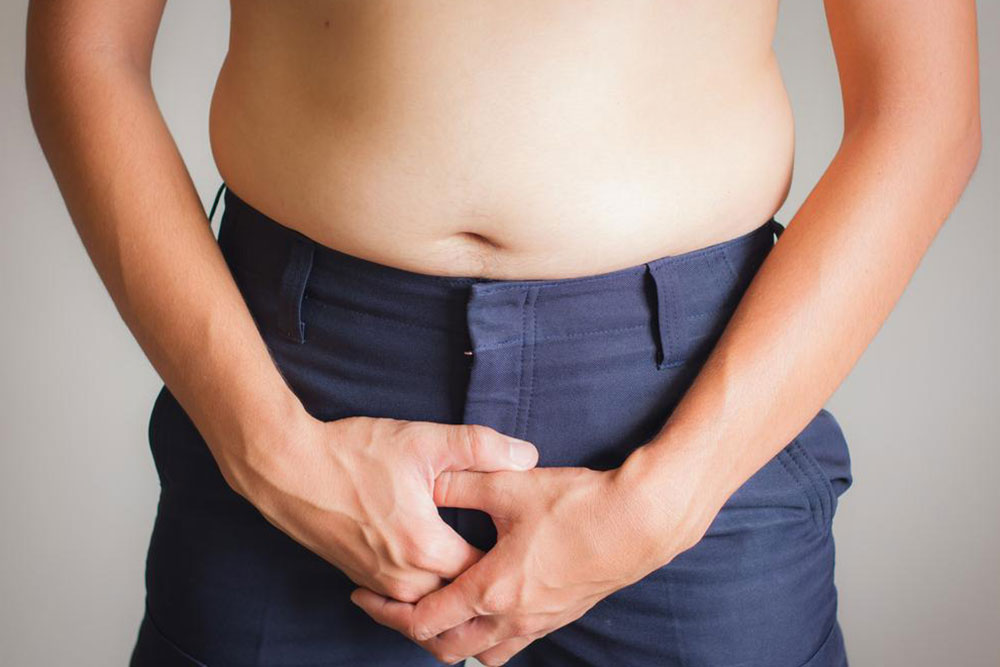Comprehensive Guide to Female Bladder Control Problems: Causes, Types, and Effective Treatments
Urinary control issues affect many women across all age groups, often caused by childbirth, aging, or neurological factors. This comprehensive guide explores common types like stress, urge, overflow, and mixed incontinence, emphasizing the importance of early diagnosis and personalized treatment options. Addressing these problems can help women regain confidence and enhance their daily well-being. Understand the causes, symptoms, and available therapies to take proactive steps toward managing bladder control challenges effectively.

Are You Struggling with Bladder Control? Learn About Common Female Urinary Issues and How to Address Them
Urinary leakage is often misunderstood as a normal part of aging or post-childbirth. In reality, it can be caused by various health factors and is highly treatable. Understanding the causes, types, and available solutions can help women regain confidence and improve their quality of life.
Many women mistakenly believe that urinary incontinence is solely an issue for older adults or men. However, women across all age groups experience bladder control problems. These issues can start due to childbirth, hormonal fluctuations, or other health conditions, often leading women to hide their symptoms out of embarrassment. Unfortunately, this silence prevents many from seeking necessary medical care.
Globally, millions of women endure bladder control challenges, often in silence. In the United States alone, over 13 million women experience urinary leakage, and women are twice as likely as men to face such problems. Studies indicate that nearly 30% of young women face some form of incontinence, with prevalence increasing with age—up to half of older women report symptoms. These conditions can profoundly affect mental health, emotional well-being, intimacy, and body image, impacting overall quality of life.
Despite the high prevalence, many women do not pursue treatment, mistakenly believing these issues are an inevitable aspect of motherhood, aging, or menopause. However, understanding the specific type of bladder control disorder is critical for effective management. Early diagnosis and tailored treatment plans can dramatically improve daily functioning and emotional health.
Different Types of Female Bladder Control Problems
Bladder control issues, known medically as urinary incontinence, encompass a spectrum of conditions characterized by involuntary leakage of urine. The severity and underlying causes vary, which makes proper diagnosis essential. These conditions can range from minor leaks to severe overactive bladder symptoms that interfere with daily life. Here are the most common types:
Overflow Incontinence
Overflow incontinence occurs when the bladder cannot empty completely, causing frequent dribbling or continuous leakage. This can happen due to weakened bladder muscles, nerve damage, or obstructions such as pelvic masses or strictures. Certain neurological conditions like diabetes or spinal cord injuries can impair bladder signaling, leading to persistent overflow. Medications may also contribute to this problem. Women experiencing this form of incontinence often feel constant wetness and may struggle with sensations of incomplete bladder emptying.
Stress Incontinence
Stress urinary incontinence is characterized by leakage triggered by physical exertion—such as coughing, sneezing, laughing, lifting heavy objects, or exercising. It results from weakened pelvic floor muscles and tissues that support the bladder and urethra. Childbirth damage, aging-related tissue laxity, and weight gain are common factors that contribute to this condition. Women with stress incontinence often feel embarrassment due to unpredictable leaks during daily activities, which can limit their social and physical activities.
Urge Incontinence
Urge incontinence, often referred to as overactive bladder, involves an intense, sudden urge to urinate that is difficult to suppress. This can lead to involuntary urine leakage before reaching a bathroom. It is caused by involuntary bladder spasms, which might result from neurological factors, urinary tract infections, or bladder inflammation. Conditions such as Parkinson’s disease, multiple sclerosis, or stroke can disrupt nerve signals involved in bladder control. Women with urge incontinence often report frequent urination, sometimes multiple times during the night (nocturia).
Mixed Incontinence
Mixed incontinence combines elements of stress and urge incontinence, presenting both physical pressure leaks and sudden involuntary leaks. Managing mixed incontinence can be complicated, requiring comprehensive diagnostic assessments to develop effective personalized treatment strategies. Often, addressing one component may alleviate symptoms, but a holistic approach is most effective.
Discussing bladder issues can be uncomfortable, yet seeking professional medical advice is essential. Proper evaluation by a specialist such as a urologist or gynecologist enables women to understand their specific problem, leading to targeted treatments that can restore bladder control and significantly improve quality of life.





